Flying Hotels: The Romantic Age of Air Travel (Blimps, Zeppelins, Dirigibles)

The dream of flight, and success at achieving it, predates airplanes considerably. The earliest flight of a manned aircraft was that of the Montgolfier brothers in 1783, demonstrating the world's first hot air balloon capable of carrying passengers. It was not steerable and offered nothing in the way of protection from the elements or any other creature comforts, but neither were the first space capsules especially luxurious.

Air travel advanced at a breakneck pace after that. Thanks of course to a great many clever individuals, but none so brilliant, prolific or influential as Alberto Sans Dumont. The sensitive genius competed for and attained many prizes in the area of airship racing, and was the prime innovator in airships during his lifespan.
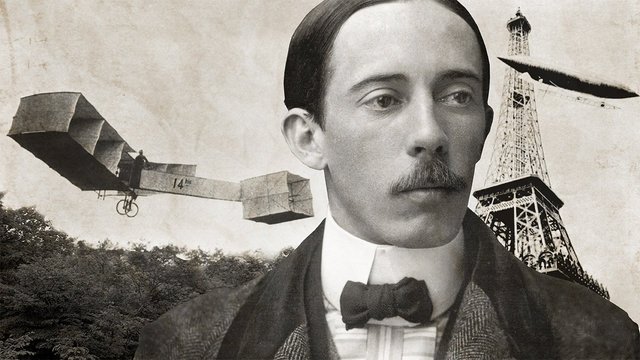
He was often seen cruising around Paris just above building tops in his own personal miniature airship, sufficient only to lift and transport him wherever he pleased. He was so ahead of his time that no laws existed prohibiting him from making use of the airspace over Paris. So for 4 years he had free run of it, mooring his airship to his apartment building when not in use, or rappelling down from it to a cafe for a spot of coffee or a bite to eat.

Sadly, upon witnessing his beloved airships used in war time to rain death upon civilians, he could not bear the feeling of culpability for it, and committed suicide. To him, flight was a beautiful miracle of science and the realization of man's oldest dream. To use it to murder one another was the height of moral perversion in his view. Airship innovation did not stop with his passing however:
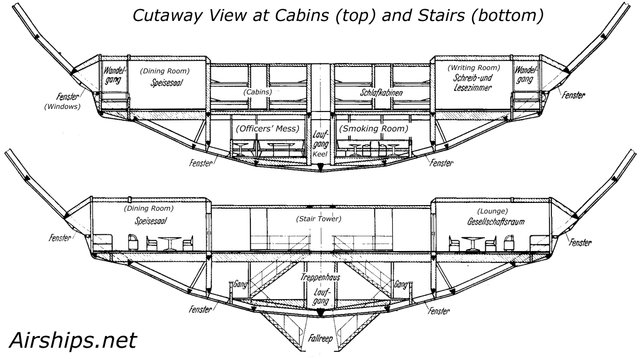
The very first consumer airlines were based on airships, not planes. Strictly for the well-to-do, they were not the cramped metal tubes we fly in today but spacious, luxurious "flying hotels" with individual bedrooms, wash rooms, observatories, a dining room a reading and writing room, even a smoking lounge(!). At the time, to prohibit smoking even in such dangerous circumstances was unthinkable.
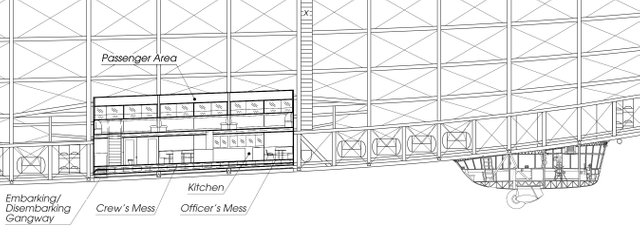
So it was that during the early years of the twentieth century, air travel was achieved in style and luxury. There were no cafeteria style in flight meals delivered to your seat. Rather, there was an expansive and attractive dining room in which to take your meals while watching the scenery below pass by through the windows.

Given the length of flights, and the cost, it may be more accurate to call it an "air cruise" than to compare it directly to today's utilitarian, point A to point B passenger jets. But what a way to travel! No cramped economy class seats, even today's first class accommodations are put to shame. There were proper bunk rooms like those aboard today's sleeper trains:
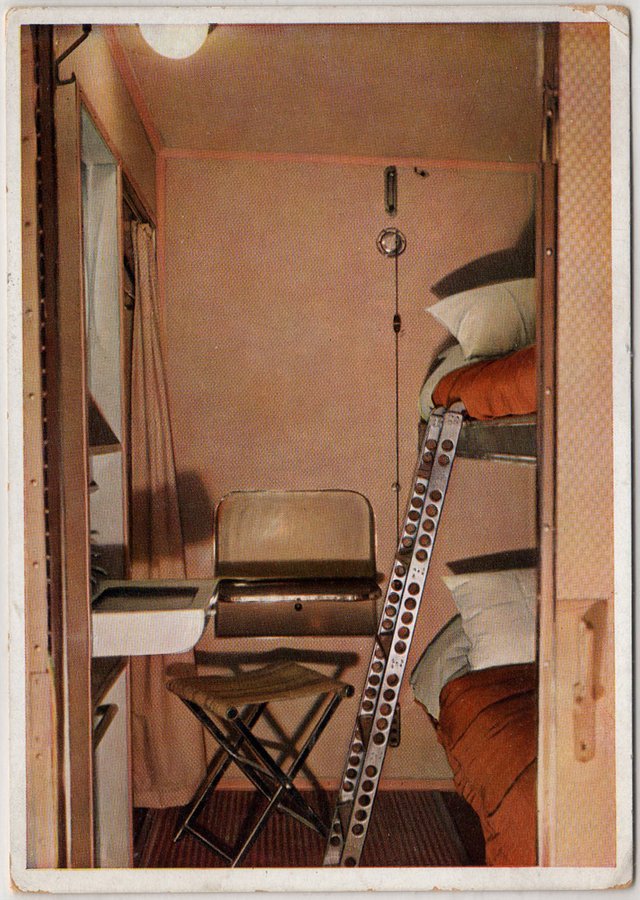
For those whose employment required frequent writing, and who did not wish for a long flight by airship to interrupt their work, a whole room was set aside strictly for such people. It was shared with those looking for someplace quiet to read, but certainly that's an appropriate consolidation.

Then, there's the smoking room. Foolish in retrospect, though it is not what caused the Hindenburg disaster. The smoking room was judiciously sealed off from the rest of the craft, with its own separate air circulation system and double door lockout one had to pass through. Sufficient precautions, it was thought, against errant embers.

Then of course there was the lounge. Dedicated to interested lookey lous who wanted to spend some time gawking at how high up they were, simply luxuriating in the marvel of flight...In the marvel of standing within what is ostensibly a comfortable, thoroughly equipped hotel with every amenity...high above the clouds!

That's just the passenger section, too. The crew had their own quarters in the gondola, wholly separate. But airships were not only used for passenger flights, and not only utilized as bombers during war time. Two such craft were built with the intention of using them as flying aircraft carriers.
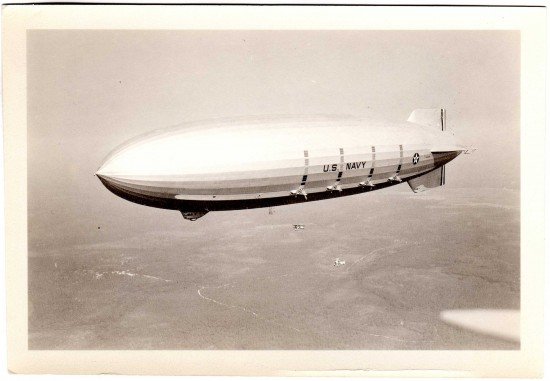
The U.S.S. Akron and the U.S.S. Macon were both trialed by the Navy pursuant to use as aircraft carriers, equipped with everything necessary to deploy and recover small fighter planes while in the air. Just let the enormity of that sink in for a moment. With both airships aloft at once, sufficiently far apart, it would conceivably have been possible to travel by airplane from one to the other without ever touching the Earth.

Is it any wonder, then, that science fiction writers of the day believed the sky would soon become a destination in itself? Someplace we might build entire cities, which citizens might travel between by airship or personal plane? Science fiction of that period consisted of breathless tales of "air pirates", of "sky commanders" and a whole host of other amusing concepts I'm sure someone will scoop up and repackage as "skypunk" one of these days.

Before we fantasized about spaceflight, we fantasized about flight. That is, until it became routine, mundane, and utilitarian. That made it much cheaper of course, but didn't we lose something in the process? What I wouldn't give to trade today's flying, cramped metal tubes for the grandiose, spacious airships of yesteryear. After all, isn't life about the journey?

But there is hope. The military and several startups are reviving airships, as in the modern era they offer a compelling value. For the military, a cheaper alternative to satellite surveillance and the ability to deliver heavy loads to remote locations without air strips. For the private sector, a means of moving cargo and people overseas without using a drop of fossil fuels.
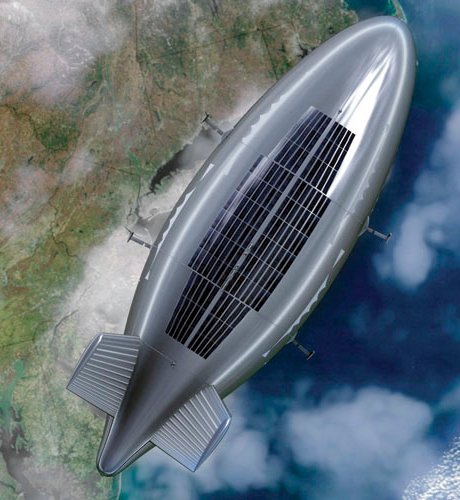
For airships have plenty of surface area that can be coated in thin film solar cells, and they fly above the clouds. Their tremendous lifting capacity means they could carry more than enough batteries to charge during the day, then continue overnight, as well as to maneuver while below the cloud layer during landing or takeoff.
These unique advantages may be enough, in a climate conscious future, to make the airship a fixture of the future instead of a relic of the past. If so, I'll be the first to buy a ticket! I don't smoke but of course I'll bring a pipe and a top hat, just because.
think we could create a hybrid of thin film photovoltaic with this stuff to cover the whole cloud 9 or blimp with?
Thin film solar already exists. Not the entire outer surface but certainly the upper half of it. The bottom half wouldn't receive any sunlight so there would be no point in putting PV there.
Yeah! Airships are great. They tried to get cargo blimps going in Germany but failed at funding. Otherwise we would have a lot less trucks on the roads. Would certainly look awesome.
I was missing Indiana Jones gif in this article :D

Make sure you have a ticket when you get on an airship!
Airships on Steemit?

YES!
Buckminster Fuller's Cloud Nine tensegrity sphere 'floating cities' are another cool example of this.
No doubt, I wrote an article about that yesterday. In my ideal future we'd be cruising in airships between cloud 9 cities. :)
Great post!
Really nice article. The zeppelins are so audacious, they really make you catch your breath. It must have been quite a sight back then.
Keep up the great work @alexbeyman
Upvoted
I've added this to the first edition of long-form curation series, Scattered Ink.
Useful information for hotels and cheap Air flights. Amazing..
Keep up the great work @alexbeyman
Upvoted